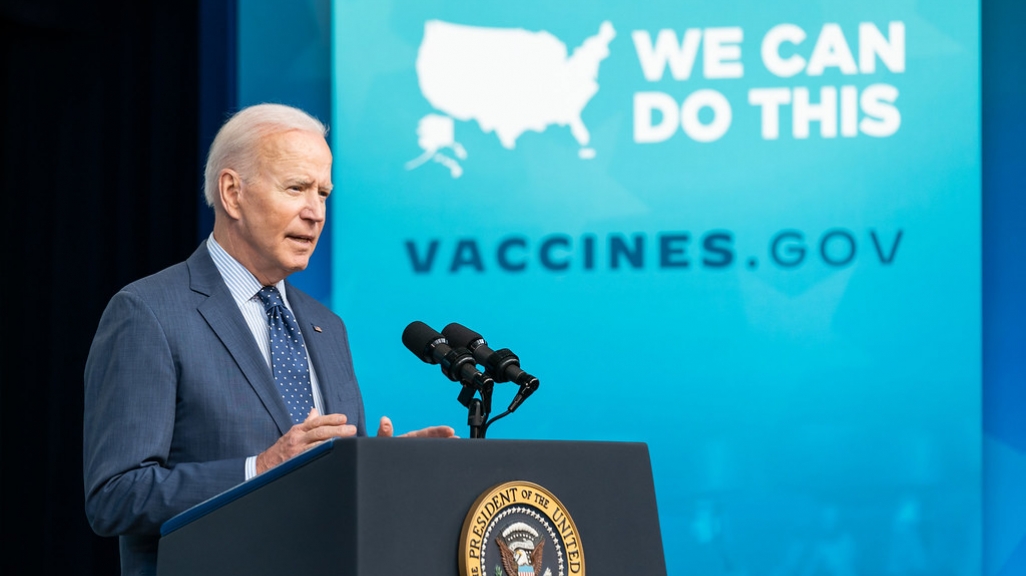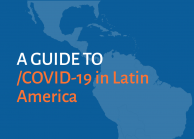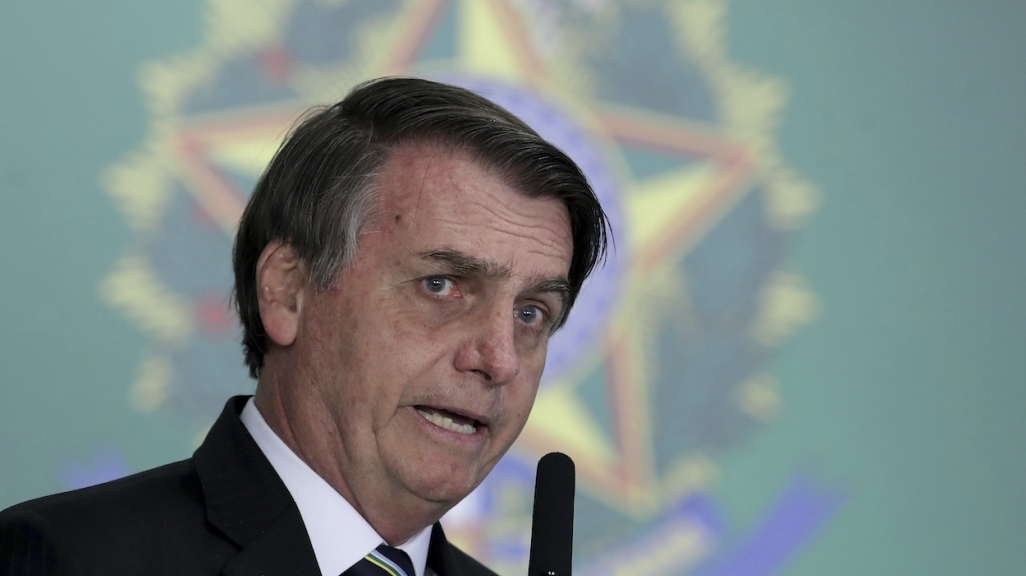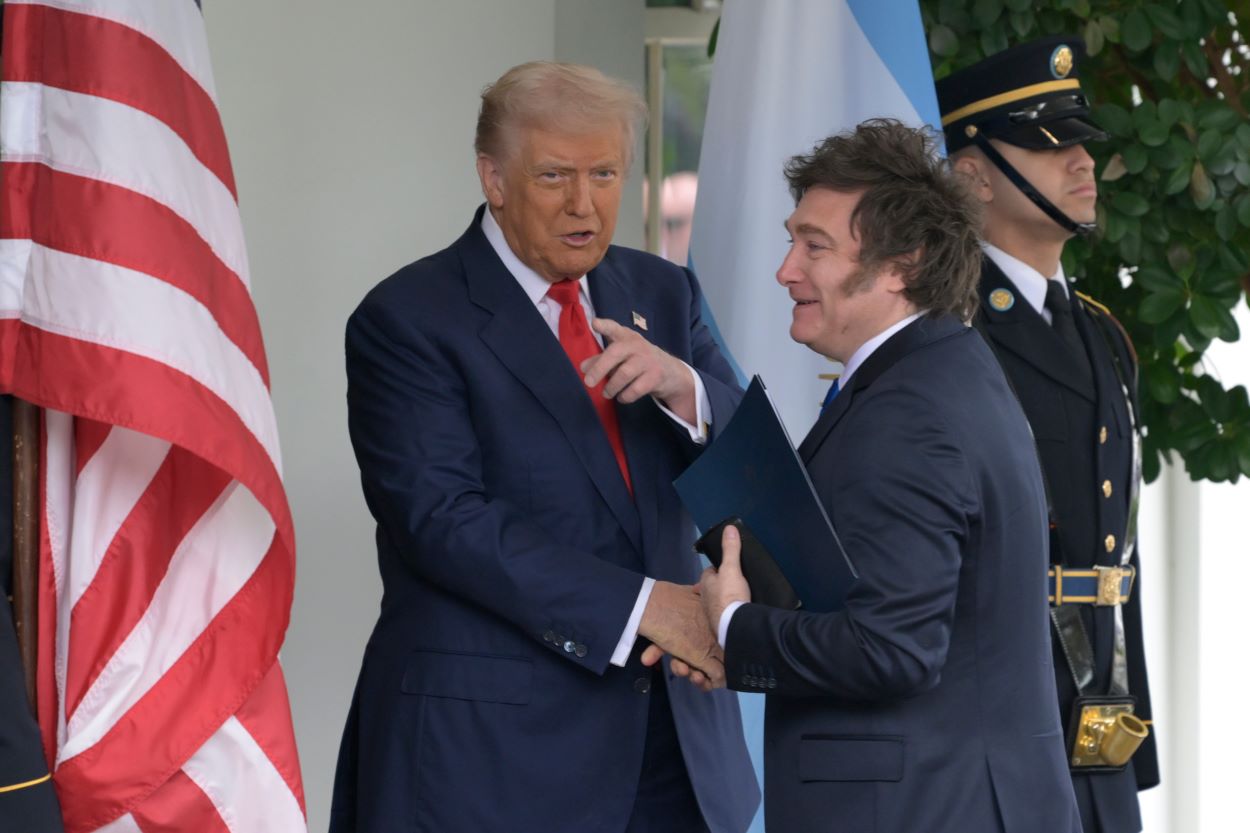Tracker: U.S. Vaccine Donations to Latin America
Tracker: U.S. Vaccine Donations to Latin America
The Biden administration has joined China and Russia in the vaccine diplomacy race in Latin America. See where U.S. donations have arrived.
The Biden administration is working to fulfill its promise to distribute over 1 billion vaccines worldwide by the end of 2022. With roughly 66 percent of the U.S. population fully vaccinated to date, Washington has widened its global distribution, especially of Pfizer, Moderna, and Johnson & Johnson shots. So far, about 62 million doses have been distributed to Latin America, just about an eighth of total U.S. donations.
The United States is not the only world power donating vaccines toward Latin America. China has donated their own vaccines to particular countries in the region, including shipments of 1.5 million Sinovac doses to El Salvador, 100,000 Sinopharm doses to Bolivia, and 500,000 Sinopharm doses to Venezuela. Russia has made donations too, including an undisclosed number of Sputnik doses to Nicaragua. Both donor countries have also cut attractive deals to deliver their vaccines at prices significantly cheaper than U.S. vaccine rates. Beijing, for example, is providing $1 billion in financing to Latin American countries to help them purchase Chinese vaccines.
Countries within Latin America are making regional donations, too. Argentina, Chile, the Dominican Republic, and Mexico are among the countries to gift doses to their neighbors. Several other countries—such as Canada Hungary, Israel, Japan, and Spain—are making donations to the region as well.
As of January 28, 2022, Latin America had given a grand total of 978,000,000 doses. That number includes the aforementioned donated doses, homemade vaccines, jabs bought from pharmaceuticals companies, and shots acquired through international programs like COVAX.
Below, AS/COA Online looks at the pledges, what’s been delivered so far, and Mexico’s special strategy with its donations.
This tracker was initially published July 15 and is updated as new information becomes available.
AS/COA Online covers major developments and Covid-19 vaccine rollouts as countries strive to return to normalcy.
Get resources on government responses, vaccine rollouts, and health impacts in the region.











